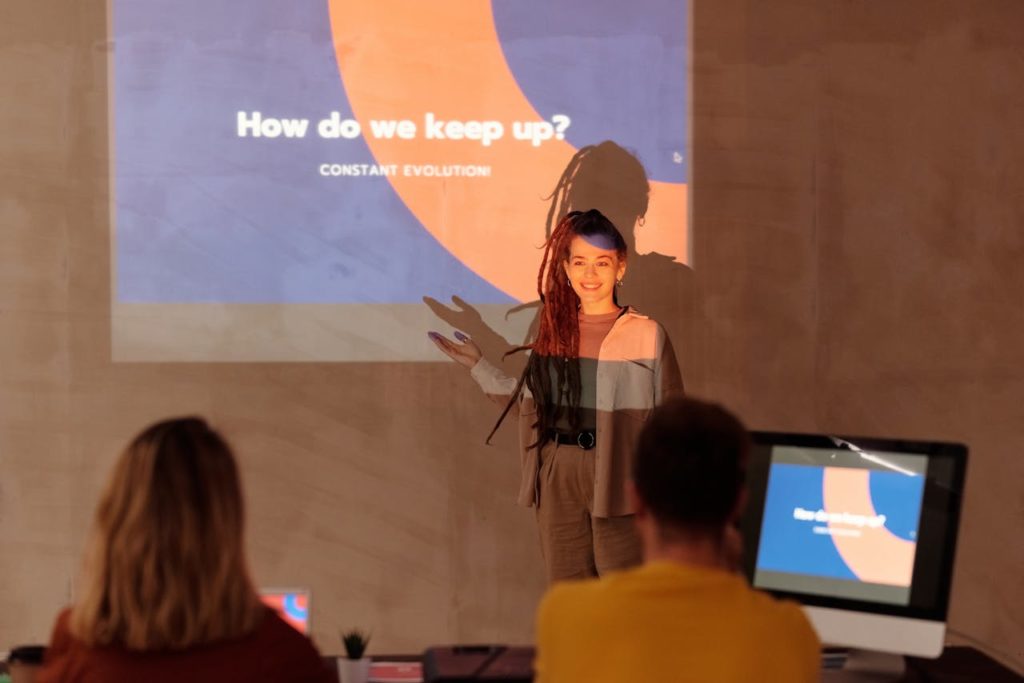Digitalization in an Insurance Company
The insurance market in Poland is developing dynamically, and technology is no longer just an add-on – it has become an essential element of business success. The key to maintaining high quality and speed of operation is operational excellence, which helps maintain high quality, speed, and relatively low operating costs.
Companies in the insurance industry follow a very similar path to digitalization. Usually, the starting point is a situation where most processes are handled manually (analog).
This process doesn’t happen overnight; it requires time and preparation. What are its key stages?
Stage 1: Manual Beginnings
When a company’s scale is limited to a few or a dozen people, everything can be managed manually, the processes are quite simple.
However, this idyll is only apparent. At some point, the company inadvertently begins to cross the boundary where it is able to service everything “by hand”: errors and negligence start to appear, customers wait and begin to lose trust. Problems with servicing current clients should raise concerns – it’s a sign that without changes, the company may no longer be able to grow. The organization then begins to think about digitalization, especially since its direct competition is likely also heading in that direction.
Stage 2: The Digital Revolution (Box Solutions)
The company grows, new clients appear, and the number of employees has likely exceeded the 15-20 person mark. At this stage, the organization often faces a compromise – it may not be able to afford a well-thought-out, tailor-made, dedicated solution. The choice, therefore, falls on so-called “box solutions”. They address specific areas, such as:
- Document Management (DMS): This is nothing more than an electronic “binder” where the company keeps invoices, contracts, and correspondence. Files are described with metadata (who uploaded it, case number, date), allowing them to be found in seconds
- Workflow Engine: This manages the process itself. When one task ends, the system automatically assigns the next one to the right person and sends a reminder before the deadline.
- CRM (Customer Relationship Management): All phone calls, emails, and tasks land in one view. A salesperson knows immediately if the service department has an open ticket.
Thanks to these tools, the company undergoes a digital revolution. The number of errors decreases, as does the waiting time for service. However, the price for this is a lack of system unification. They cannot “talk” to each other and, most importantly, they force the company to change its processes to fit the capabilities offered “out of the box”.
Stage 3: The Digital Evolution (Integrated Systems)
But appetite comes with eating. The organization continues to grow and must keep up with the changing market and customer demands. Additionally, legislative changes (e.g., the introduction of GDPR) force changes in processes and systems. The company begins to see that if it could link its existing solutions, the work would be much less tedious, less error-prone, and much simpler. Linking data from several systems allows for the digitalization of further processes.
This is the beginning of the “digital evolution”. At this stage, we are talking about building a dedicated solution based on well-thought-out business and technological strategies. The organization can once again return to its original state, where it is able to map its processes 1-to-1, rather than bending them to the dictates of a box solution.
The ability to connect previously non-communicating systems allows the company to enter a completely new field of development. What’s more, as a result of system unification, it becomes much easier to onboard new people and scale the business. It’s possible to unify the user interface and new functionalities, such as reports or operational monitoring, allow for identifying operational bottlenecks and addressing them through optimization.
Every company is different and has its context. The first step we suggest taking is to verify where you are.
Krzysztof Ryk, Antologic

